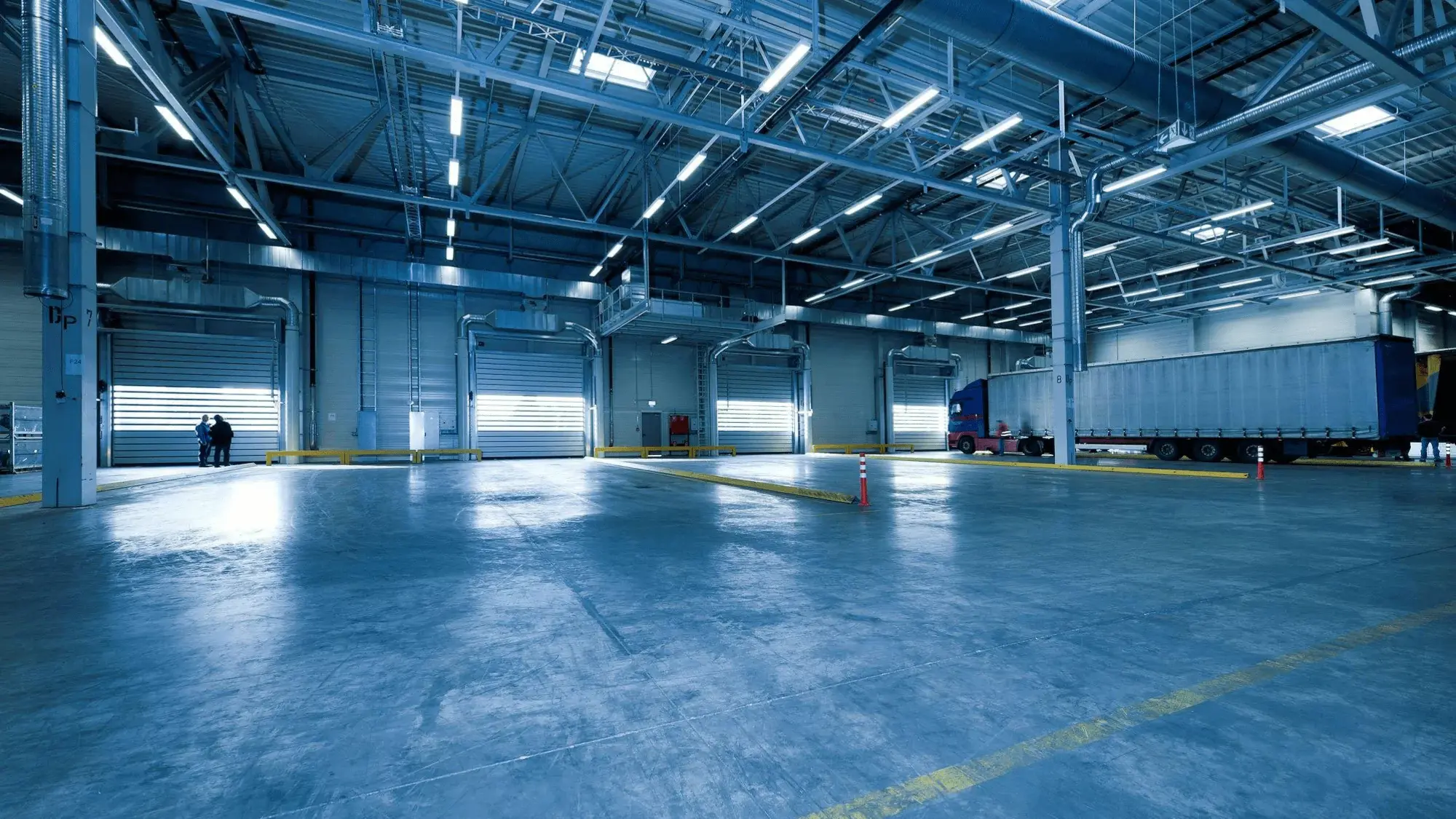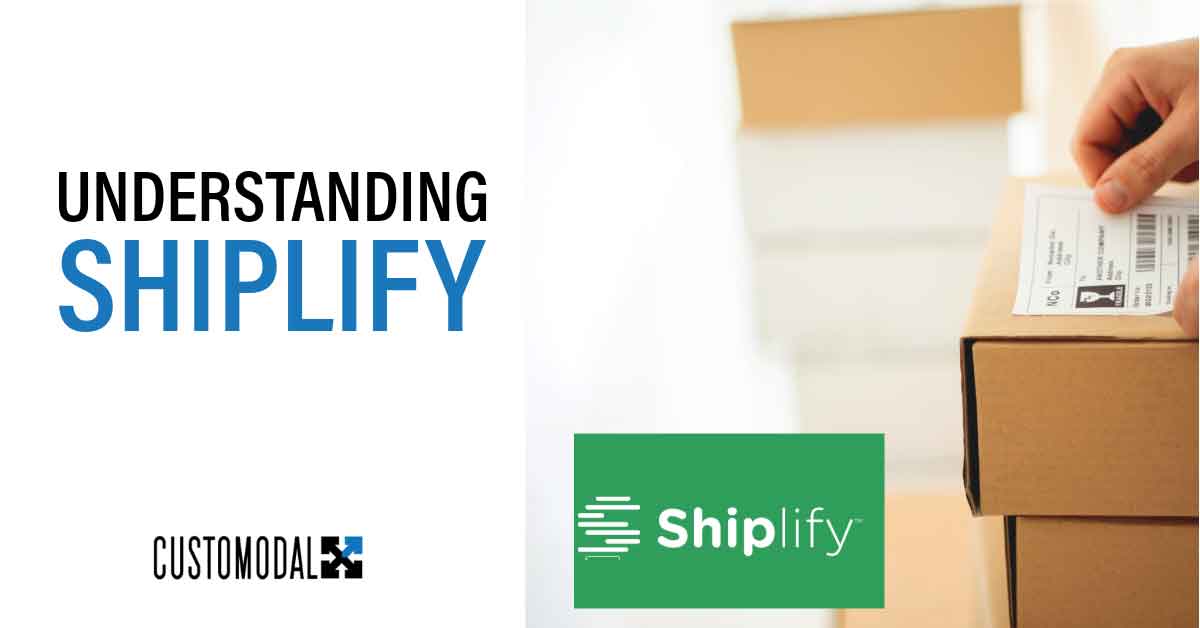
Think you have a handle on your outbound freight costs? Think again. While outbound often provides predictability in pricing, it's still crucial to look beyond the initial quote and into the hidden costs lurking beneath the surface. These unexpected expenses can quickly erode your profit margins and leave you feeling frustrated and overwhelmed.
Imagine this: you've just secured a major client, and their first order is ready to ship. You've factored in the freight costs, but then the invoice arrives. It's riddled with unexpected charges–limited access delivery, overlength surge, you name it. Suddenly, your profit margin shrinks, leaving you frustrated and scrambling to understand what went wrong.
This scenario is all too common in the world of outbound freight. The initial quote often represents just the tip of the iceberg, with hidden costs lurking beneath the surface, ready to sink your budget.
This blog dives into those often overlooked expenses, empowering you to control your shipping costs and protect your bottom line.
Accessorial Charges: The Fine Print
Accessorial charges are extra fees that carriers add to your freight bill for services beyond standard shipping. These can include fuel surcharges, fees for keeping the truck waiting at the pickup or delivery location, charges for redelivery attempts, and extra costs for handling oversized or fragile items.
While these individual fees may seem small, they can add up surprisingly fast, especially if you're shipping a high volume of goods. This can significantly inflate your overall freight costs and eat into your profits. For instance, if your deliveries are frequently delayed, those detention fees (for keeping the truck waiting) can quickly amount to thousands of dollars annually. According to one study, detention time increased by 25% in 2020, significantly increasing detention fees.
The good news is that you can minimize these extra costs. Start by understanding the types of accessorial charges that might apply to your shipments and factor them into your budget. Clear communication with your carriers about delivery schedules and any special handling needs is crucial. Finally, ensure your loading and unloading processes are as efficient as possible to avoid delays and extra fees. Of course, navigating these complexities can be challenging, and that's where a freight expert can be invaluable, providing guidance and support every step of the way.
Service Level Disruptions: When Promises Fall Short
Today, on-time delivery is more than just a promise—it's an expectation. Consistently meeting your delivery commitments is vital for keeping your customers happy and staying ahead of the competition. When your shipments arrive on time, you build trust, strengthen your reputation, and increase the likelihood of repeat business.
However, the reality of outbound freight is that delays can happen. Carriers may encounter logistical issues, there might be unexpected surges in demand for transportation, or unforeseen circumstances like severe weather can disrupt the best-laid plans. Considering that US trucking companies faced a driver shortage of 80,000 in 2021, these delays are an all-too-common occurrence.
The impact of these delays can ripple through your entire operation. Production lines may grind to a halt if they don't receive the necessary components on time. You could miss critical deadlines, leading to dissatisfied customers and potential financial penalties. Ultimately, service disruptions can damage your company's reputation and erode hard-earned customer loyalty.
So, how can you minimize the impact of these inevitable delays? Proactive planning is essential. Build buffer time into your delivery schedules to account for potential disruptions. Don't put all your eggs in one basket–work with a variety of carriers to spread the risk. And take advantage of technology; real-time tracking tools provide visibility into your shipments, allowing you to anticipate potential delays and take corrective action.
Internal Silos: The Hidden Cost Multiplier
Picture this: your sales team, eager to close a deal, promises a customer fast turnaround. Meanwhile, your production team is dealing with an unexpected parts shortage, putting them behind schedule. The result? A frantic scramble to expedite shipping at the last minute, driving up costs and cutting into your profits. This scenario is a classic example of how internal silos can sabotage your outbound freight efficiency.
When departments operate in isolation, critical information gets lost in translation. Sales may be unaware of production constraints, while production may not have visibility into customer delivery expectations. In fact, 40% of companies cite a lack of integration between internal systems and processes as a significant challenge in their supply chain operations. This lack of communication and coordination can lead to costly inefficiencies, such as rushed orders, expedited shipping fees, and even missed deadlines.
To truly optimize your outbound freight process, you need to break down those departmental walls and embrace a holistic approach. This means fostering a culture of collaboration where information flows freely between sales, production, shipping, and other relevant teams. When everyone is on the same page, you can avoid costly miscommunications and make informed decisions that benefit the entire organization.
How can you achieve this seamless integration? You can start by:
-
Implementing shared communication platforms that allow different departments to easily exchange information and updates.
-
Establishing clear internal processes for order fulfillment, ensuring everyone understands their role and responsibilities.
-
Promoting a culture of transparency where information is readily shared and potential issues are proactively communicated.
By breaking down silos and fostering collaboration, you can streamline your outbound freight operations, reduce costs, and enhance customer satisfaction.
Know Your Baseline and Adapt
To truly master your outbound freight costs, you need a solid understanding of your "normal." What does your typical shipping process look like? What service level do you usually require (e.g., next-day, two-day, ground)? And what are the associated costs for this baseline service? By establishing a clear picture of your standard operating procedure, you create a benchmark for evaluating your performance and identifying areas for improvement.
Once you've defined your baseline, it's crucial to track key performance indicators (KPIs) that reveal any deviations from your normal. Are you consistently experiencing delays? Are accessorial charges creeping up? Are certain carriers underperforming? By diligently monitoring these metrics, you gain valuable insights into potential inefficiencies and cost drivers.
But simply identifying deviations isn't enough. You need to understand why they're happening. Is a recurring delay caused by a bottleneck in your warehouse? Is a spike in accessorial charges due to a change in carrier pricing or a surge in fuel costs? Conducting a root cause analysis helps you pinpoint the underlying issues, whether they stem from internal processes or external factors.
In today's data-driven world, you have powerful tools at your disposal. Leverage data analysis software to track trends, identify bottlenecks, and make informed decisions about your outbound freight operations. These tools can help you visualize your shipping data, spot patterns, and uncover opportunities for cost optimization.
By understanding your baseline, identifying deviations, and conducting thorough analysis, you can take proactive steps to streamline your processes and improve your bottom line.
Taking Control of Your Outbound Freight Costs
Navigating the world of outbound freight can feel like traversing a minefield of hidden costs. From unexpected accessorial charges and frustrating service disruptions to the internal inefficiencies that amplify these issues, there's a lot that can derail your budget and impact your bottom line.
But armed with the right knowledge and strategies, you can take control. Remember to anticipate and account for accessorial charges, plan for potential delays, and foster collaboration across your organization to minimize inefficiencies. By understanding your baseline shipping performance, tracking key metrics, and conducting a thorough analysis, you can identify cost drivers and optimize your processes.
For businesses seeking a comprehensive solution to manage their outbound freight, Customodal offers the expertise and technology to help you navigate these complexities. We empower you to gain greater visibility into your shipping operations, identify hidden costs, and make data-driven decisions to improve efficiency and profitability.
Contact Customodal today to get started!



.jpg)
